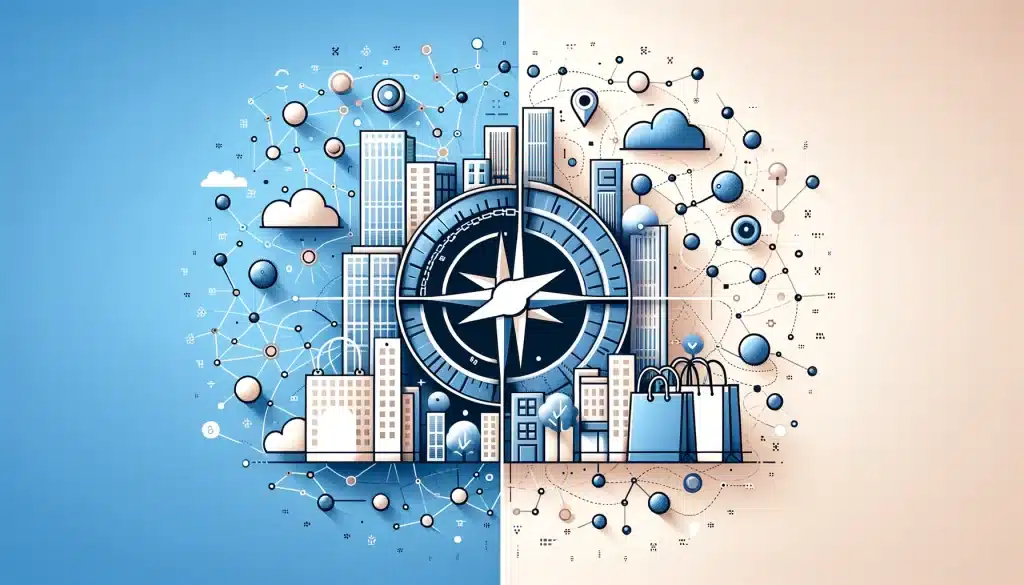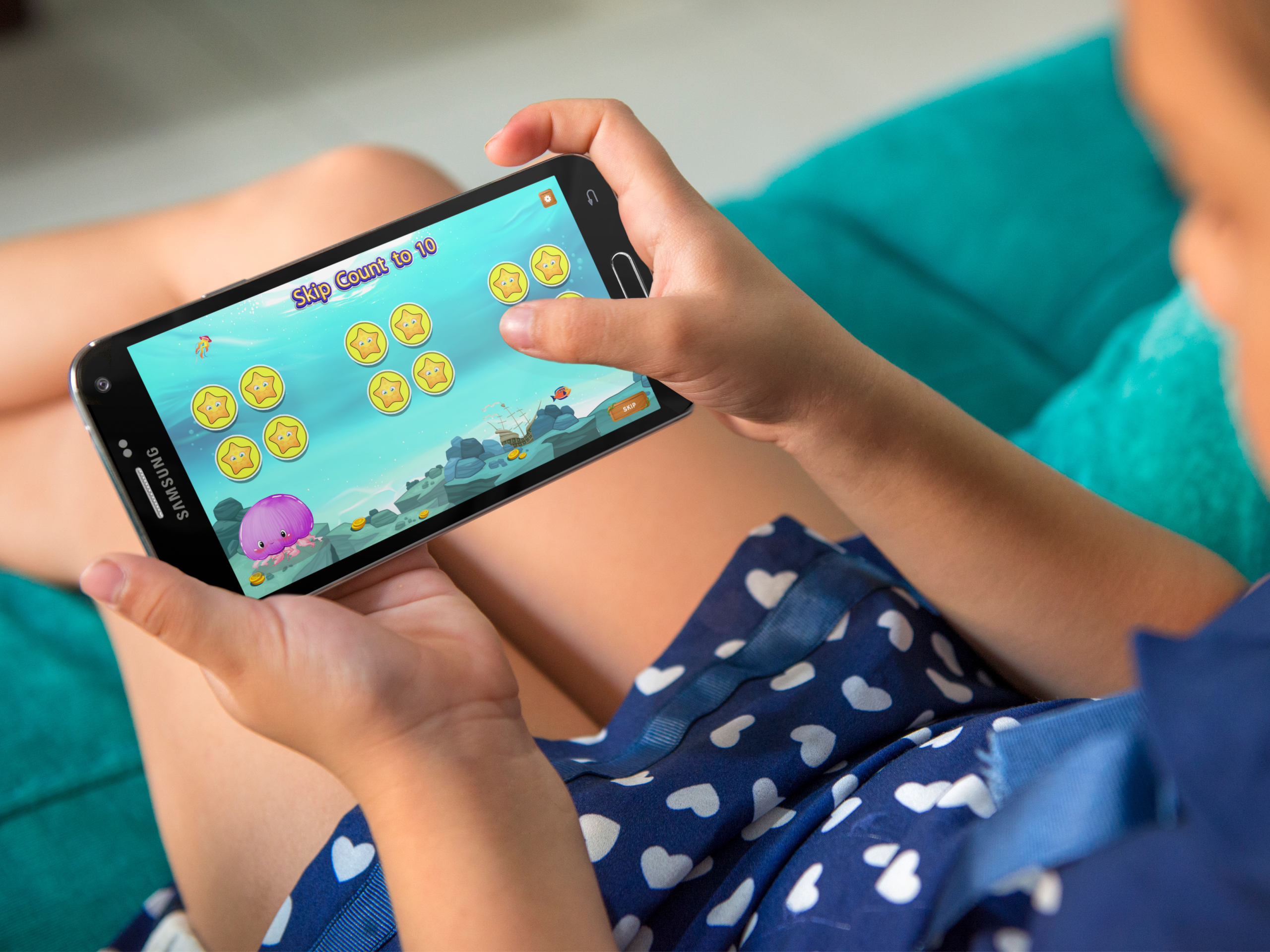22 Aug ‘23
B2B vs B2C: Navigating the Nuances in Branding & Messaging
22 Aug ‘23
In: Branding & Visual Design, Business, / By: Ripe Media
In the bustling world of marketing, understanding your audience is the foundation upon which successful strategies are built. B2B vs B2C? At RIPE, we’ve had the privilege of helping both types of clients refine their branding and messaging. Today, we’re diving into the unique nuances of each sector.
1. Understanding the Decision-Making Process: B2B vs B2C
B2B (Business-to-Business): The decision-making process in B2B scenarios is often more drawn out and involves multiple stakeholders. It’s not just about the product or service, but also about trust, long-term partnerships, and often, significant financial implications. Thus, messaging needs to address not only the product benefits but also operational efficiencies, ROI, and trustworthiness.
B2C (Business-to-Consumer): Consumers generally make quicker decisions based on emotion, personal benefits, and price. Hence, B2C messaging tends to be more focused on evoking emotions, tapping into personal desires, and highlighting immediate benefits.
Harvard Business Reviewdelves deep into the intricate B2B decision-making process in one of their recent articles. It’s a recommended read for anyone wanting to grasp the complexity of B2B sales.
2. Branding Tone and Language: B2B vs B2C
B2B: The language and tone for B2B branding tend to be more formal, highlighting expertise, reliability, and professionalism. Jargon specific to an industry may be used to resonate better with professionals.
B2C: In the B2C realm, the language is usually more casual and conversational. Brands often strive to establish a direct emotional connection with consumers.
To grasp the difference, compare Apple’s consumer-centric campaigns to IBM’s B2B-oriented communications. AdAge often dissects such campaigns, shedding light on their effectiveness.
3. Channels and Platforms
B2B: LinkedIn, industry webinars, trade shows, and professional networks often prove most effective for B2B marketing.
B2C: While B2C also utilizes social media, platforms like Instagram, Facebook, TikTok, and Pinterest are more likely to reach the target audience.
4. Building Trust and Credibility
B2B: Case studies, white papers, and testimonials from industry leaders can go a long way in establishing credibility.
B2C: User reviews, influencer partnerships, and relatable user-generated content often work wonders.
Conclusion
While the principles of effective branding and messaging remain consistent across B2B and B2C, the application differs significantly. At RIPE, we pride ourselves on understanding these nuances and crafting strategies that resonate.
Remember, understanding your audience and their unique journey is the first step in any successful marketing venture.
















